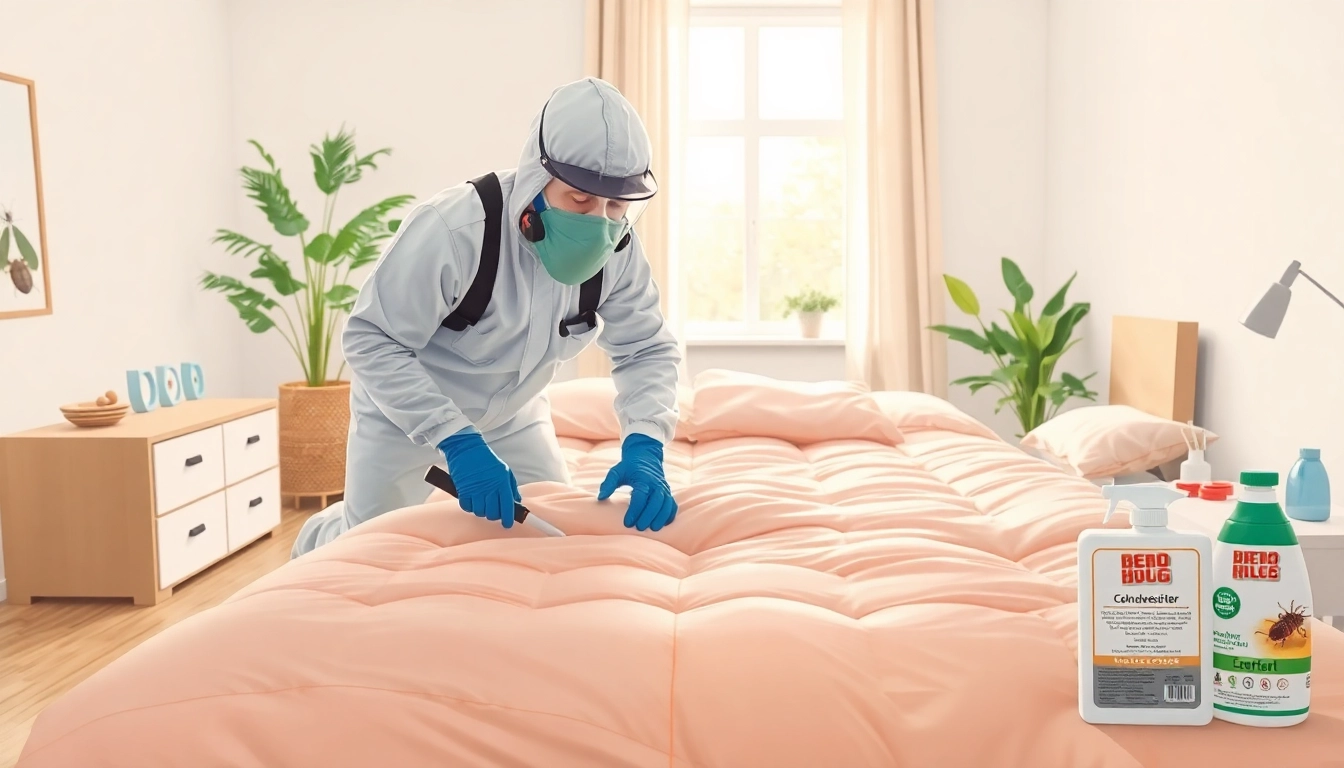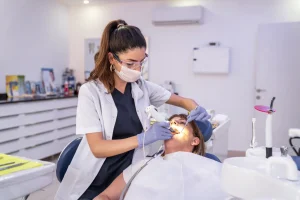Effective Bed Bug Removal Strategies: Your Complete Guide to Defeating Infestations
Understanding Bed Bugs and Their Behavior
What Are Bed Bugs?
Bed bugs, scientifically known as Cimex lectularius, are small, nocturnal insects that feed on the blood of humans and animals. These pests are about the size of an apple seed, roughly 1/4 to 1/5 of an inch long, and are typically reddish-brown in color. They are known for their flat, oval bodies that allow them to hide in tiny crevices and seams of mattresses, furniture, and walls. Their elusive nature makes them particularly challenging to detect and eradicate.
Life Cycle of Bed Bugs
Understanding the life cycle of bed bugs is crucial for effective bed bug removal. They go through seven distinct stages, beginning as eggs that hatch into nymphs. In optimal conditions, the entire life cycle from egg to adult can be completed in about 4 to 5 weeks. Here’s a brief overview of each stage:
- Eggs: Tiny, about the size of a pinhead, and usually laid in clusters.
- Nymphs: Upon hatching, nymphs are nearly transparent and require a blood meal to molt into the next stage.
- Adults: After five molts, they fully mature and can reproduce quickly, with females laying hundreds of eggs in their lifetime.
Common Signs of Infestation
Identifying a bed bug infestation early is vital. Look for the following signs:
- Bitten skin: Red, itchy welts often found in clusters.
- Dark spots: Fecal matter that appears as dark stains on bedding and walls.
- Empty exoskeletons: Shed skins that nymphs leave behind as they mature.
- Bed bug eggs: Tiny, white, and oval-shaped eggs in crevices and seams.
Essential Steps for Bed Bug Removal
Preparation Before Treatment
Proper preparation is essential for effective removal of bed bugs. Here are the steps that should be taken before treatment:
- Declutter: Remove unnecessary items and clutter from the infested areas to facilitate easier treatment.
- Wash bedding and clothes: Use hot water to wash all linens, clothing, and curtains, followed by high-heat drying for at least 30 minutes.
- Vacuum: Thoroughly vacuum carpets, floors, and upholstered furniture. Be sure to dispose of the vacuum bag or contents immediately.
DIY Bed Bug Removal Techniques
For those inclined towards do-it-yourself measures, several techniques can assist in tackling bed bug problems:
- Heat treatment: Bed bugs die at temperatures above 115°F (46°C). Use a steam cleaner on bedding, curtains, and carpets.
- Cold treatment: Freezing items at 0°F (-18°C) for at least four days can also eliminate bed bugs.
- Pesticides: If choosing chemical methods, opt for EPA-approved bed bug sprays specifically designed for indoor use.
When to Call a Professional
While DIY methods can be effective in some cases, they may not completely eradicate bed bugs. It is advisable to reach out to pest control professionals when:
- The infestation is widespread or severe.
- Professional-grade tools and techniques are required for deep treatments.
- After multiple DIY attempts have failed.
Prevention Strategies to Avoid Future Infestations
Protecting Your Home
After successfully dealing with an infestation, it is important to implement strategies to prevent future occurrences. Here are several measures to consider:
- Seal cracks and crevices: Use caulk to fill gaps and fissures in walls, baseboards, and furniture.
- Bed bug-proof encasements: Utilize encasements for mattresses and box springs to prevent bugs from entering or escaping.
Regular Cleaning Habits
Maintaining a clean living environment is one of the best defenses against bed bugs:
- Routine vacuuming: Regularly vacuum all floors and furniture to remove potential hitchhikers.
- Bedding hygiene: Wash and change bedding weekly and maintain a dry, clutter-free sleeping area.
Travel Tips to Prevent Bed Bugs
Traveling can expose you to new infestations. Here are tips to stay bed bug-free while traveling:
- Inspect hotel rooms: Check mattresses, headboards, and furniture for signs of bed bugs before unpacking.
- Keep luggage off the ground: Use luggage racks and avoid placing bags on beds or furniture.
Evaluating Bed Bug Treatment Options
Heat Treatment vs. Chemical Solutions
When considering treatment methods, there are two primary options:
- Heat Treatment: Involves raising room temperatures to levels lethal to bed bugs, usually within a few hours. This method is thorough and safe.
- Chemical Solutions: The use of pesticides requires careful application and monitoring but can be effective in severe infestations.
Comparing Effectiveness of Treatments
The effectiveness of treatments varies based on the level of infestation, location, and thoroughness of application. Heat treatment is more comprehensive but may be more costly and requires specialized equipment. Chemical solutions can be less successful if not applied correctly and may involve multiple treatments.
Costs Associated with Bed Bug Removal
The cost of bed bug removal can vary widely based on factors such as:
- Extent of infestation
- Type of treatment used
- Geographical location and service provider fees
On average, homeowners can expect to pay between $300 and $1,500 for professional treatments, depending on these variables.
Monitor and Maintain Your Space Post-Treatment
Signs of Returning Infestations
Even after treatment, it is important to be vigilant and monitor for any signs of returning infestations. Watch for:
- New bites or irritations on the skin.
- Resurfacing dark spots or shed skins on bedding and furniture.
How to Maintain a Bed Bug-Free Environment
To maintain a bed bug-free environment, regular vigilance and good practices should be continued:
- Continued inspections: Regularly check sleeping areas for signs of bed bugs, especially after traveling.
- Educate household members: Make sure everyone in the household is aware of bed bug signs and prevention.
Feedback and Customer Validation
Finally, seeking feedback from family members or household guests can provide valuable insights into the effectiveness of your prevention habits and any need for further actions. Regular communication can help you maintain a proactive stance against future infestations.














Post Comment